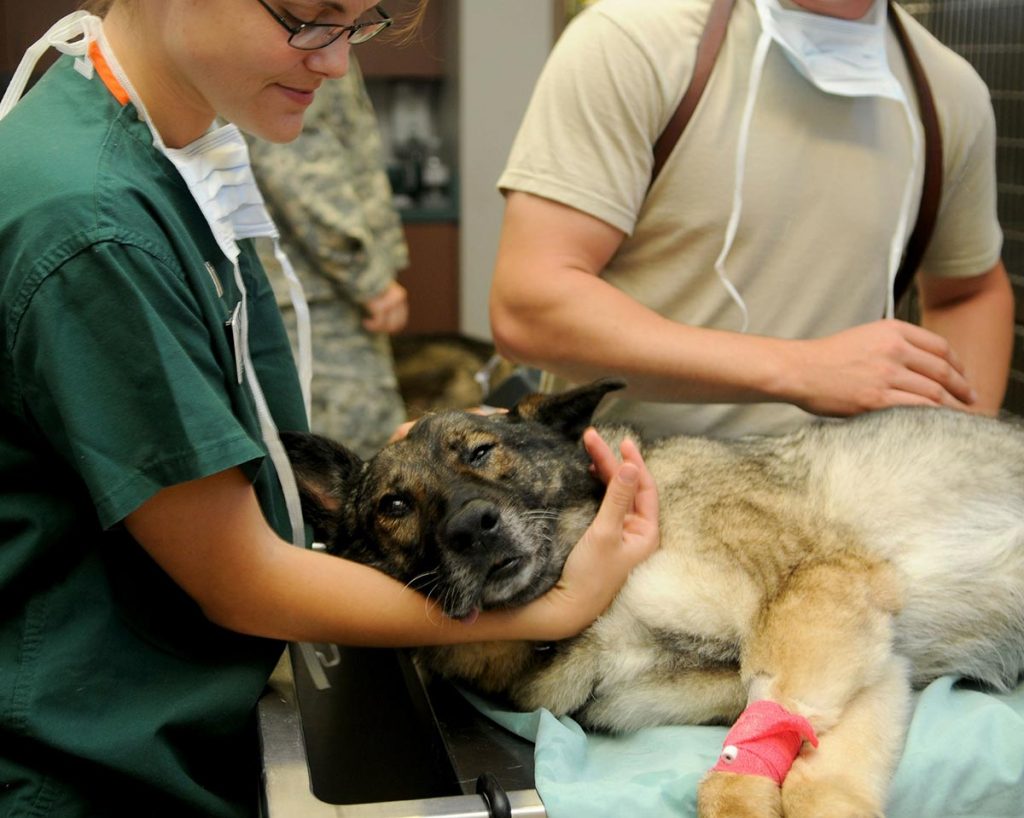VETERINARY PAGER SYSTEMS make good sense
Several different kinds of animals in the same room may be a problem in itself, but also several animals of different breed; dog, cat etc
Animals that are sick are often distressed as it is their way of expressing themselves, but there is also a danger of infection from waiting too close to each other.
So even though a waiting room at a veterinarian is certainly different than e.g. an emergency room in a hospital, the comparison is not entirely out of the way, as the patients are troubled, perhaps aggressive and, come with a risk of infection.
Therefore, a pager system for veterinarians can be an important tool. The animal owner gets a pager and can wait outside the clinic, instead of sitting too close inside a waiting room. When it is the animal’s turn, the owner is notified from the reception by sending the pager’s number from the transmitter. The pager will then beep, blink and vibrate so the owner knows it’s their turn to bring their animal in.
The queuing system is simple and easy to operate, and is plug-and-play installation.

In addition to this waiting system for veterinarians, veterinary clinics can also benefit greatly from a call button system that can be used in the actual treatment room where the veterinarian can call for quick assistance from an assistant. The veterinary assistant or veterinary nurse wears a smart wristwatch, which vibrates when the call button is pressed in the treatment room. The assistant then knows that a veterinarian needs assistance. Easy and fast and you do not waste important time.
Calling systems for veterinarians are a solution for peace and order in the waiting room, and will cause less stress for both staff, animals and owners.
Benefits of veterinary pager system:
- Creates peace and order in the waiting room.
- No wasted time for the staff as they do not have to go out and find the owner/ patient
- No stress for animals, owner or staff
- No conflict situations as the animals do not have to wait in the same room.
- More security – less risk of infection
- More effective time for staff and care.
- Less wasted time for veterinarians, veterinarian assistants and nurses.






